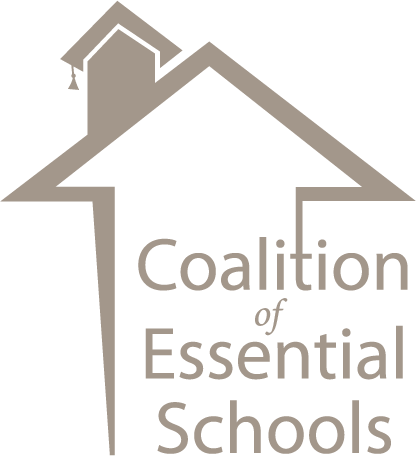Bilingual
A person fluent in two languages.
Bilingual Education
Pedagogy conducted in two languages for the purpose of maintaining native language skills and building on those skills for English language learning.
Dual-Language or Bilingual Immersion
Academic programs in which there is an equal balance of English-proficient students and English language learners who collaborate to learn in both languages. Also described as two-way bilingual education.
English Language Development (ELD)
Education for English language learners that involves integration of content-area material with language development.
English as a Second Language (ESL)
Pedagogy for English language learners conducted primarily in English for the purpose of language acquisition and cross-curricular learning.
English for Speakers of other Languages (ESOL)
Functionally the same as the term “ESL,” the term ESOL doesn’t assume that English is necessarily a student’s second language (depending on her background, it may be, for example, the third language she has acquired).
English Language Learner (ELL)
A student who has learned some English but is not yet fully proficient. English language learner can be used similarly as limited English proficient (see below), but many educators prefer ELL because it describes a student’s abilities rather than his limits.
Heritage Language
Non-English languages spoken in the United States, often used interchangeably with native language.
Limited English Proficient (LEP)
A student who knows little or some English but is not yet fluent.
Language Minority Students
This term generally describes students from homes where languages other than English are spoken, without commenting on their level of English proficiency.
Sheltered English Instruction
Instruction in English for non-native speakers that integrates content-area material with language development and instruction.
Silent Period
A pre-speaking stage at the start of learning a new language in which students typically begin to gather information about a new language before attempting to produce it.
Teaching English to Speakers of other Languages (TESOL)
General description of the profession and practice of teaching English to nonnative speakers.
Many of these definitions are adapted from the glossary section of Katherine Davies Samway and Denise McKeon’s Myths and Realities: Best Practices for Language Minority Students (Heinemann, 1999).
